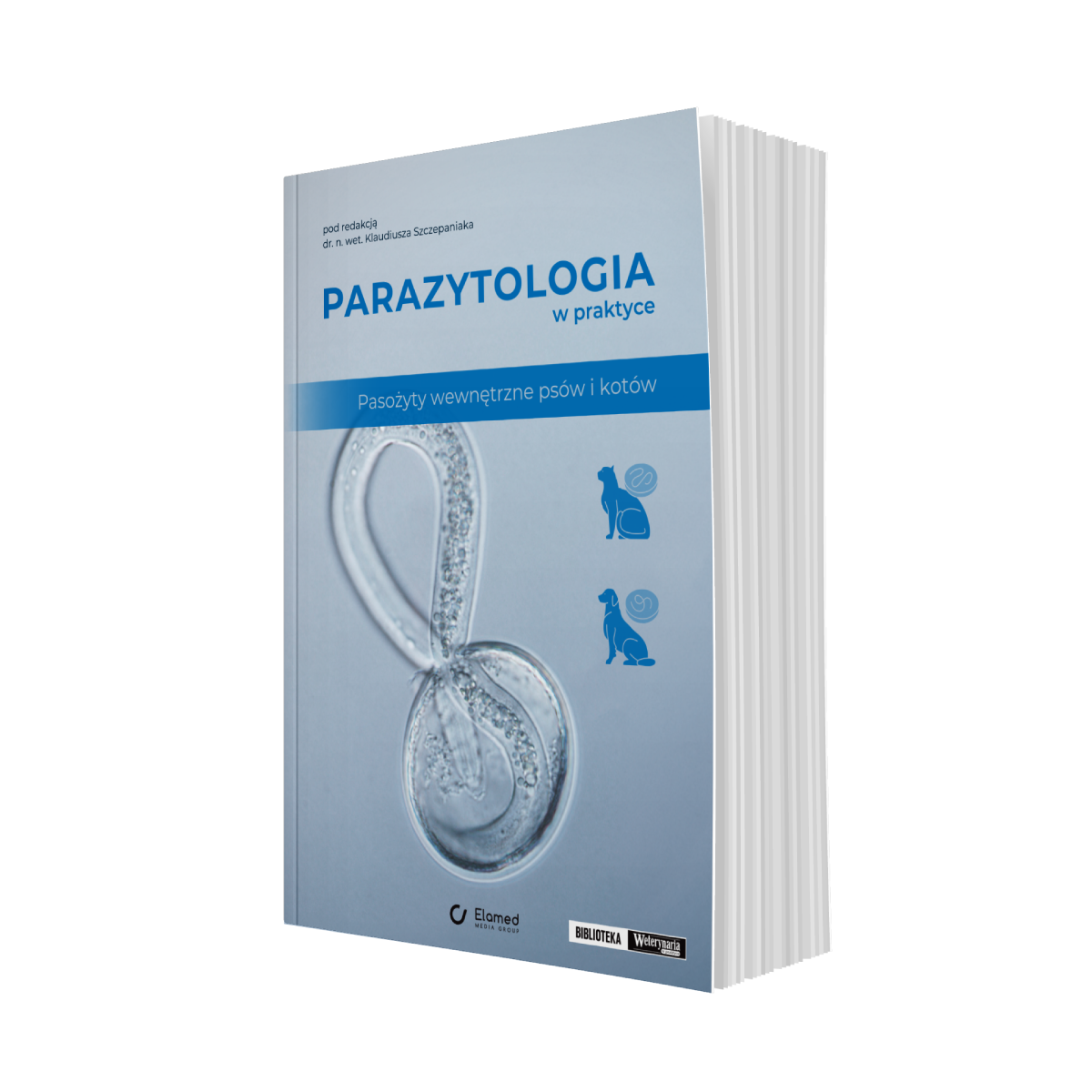Znaczenie i diagnostyka BVDV. Cz. 2
Streszczenie
Bakteria wirusowej biegunki bydła (BVDV) jest najczęściej występującym drobnoustrojem powodującym zakaźną chorobę bydła, która stanowi poważny problem ekonomiczny. Patomechanizm choroby jest złożony i obejmuje różne formy kliniczne, powodując zarówno zakażenia przejściowe, jak i trwałe. BVDV jest patogenem wpływającym na różne układy organizmu zwierzęcia, m.in. pokarmowy, oddechowy, rozrodczy, przez co jest określany jako wirus „o wielu twarzach”. Artykuł ma na celu przybliżenie metod diagnostycznych służących do wykrywania wirusa wirusowej biegunki bydła, ze szczególnym uwzględnieniem wykrywania osobników trwale zakażonych (persistent infection – PI).
Słowa kluczowe
BVD antygen, BVD przeciwciało, ELISA-test, RT-PCR
Abstract
Bovine viral diarrhea virus (BVDV) is the most frequent disease of cattle, which generates significant economic losses. The pathological mechanism of this entity is complicated and involves different forms of the disease, with both transient and permanent infections. BVDV is a pathogen affecting various systems: digestive, respiratory and reproductive, therefore it is called ”virus of many faces”. The aim of the paper was to present diagnostic methods for the detection of bovine viral diarrhea virus with special regard to the detection of permanently infected animals (PI).
Keywords
BVDV antigen, BVD antibody, ELISA-test, RT-PCR
którzy są subskrybentami naszego portalu.
i ciesz się dostępem do bazy merytorycznej wiedzy!
Mogą zainteresować Cię również
POSTĘPOWANIA
w weterynarii
























